When the world economy was starting to face financial fragility, the external shock of the COVID-19 pandemic put it into freefall. In response, the United States Federal Reserve launched a series of facilities, including extending its swap lines to a number of other advanced economy central banks and to two emerging economies. Outside of the 14 countries that receive Fed swap lines, the rest of the world is left to fend for itself.
In 2017, the International Monetary Fund (IMF) considered a multilateral swap facility that would be open and unconditional to all countries. This was rejected by a minority of creditor shareholders that have a disproportionate share of voting rights at the IMF. To fend for themselves, the poorer countries of the world were essentially told that they should go to the IMF for loan packages. At the time of this writing, over 80 countries were discussing programs with the IMF.
Last week, we put forward a proposal for a major issuance of the IMF’s Special Drawing Rights (SDRs) as a key tool to attack the worldwide spread of the financial fallout. In essence, we proposed that IMF members agree to an allocation of the equivalent of at least $500 billion as part of the global response to the crisis generated by the coronavirus pandemic.
The proposal has been echoed by other experts. It is also supported by the G-24, and following an emergency G-20 ministerial call on Monday, IMF Managing Director Kristalina Georgieva stated that the IMF was exploring with the membership the proposal made by several low- and middle-income countries for a new SDR allocation—“as we did during the Global Financial Crisis.”
But some analysts, including Mark Sobel and Ousmène Mandeng, argue that an SDR allocation should not be part of the toolkit to combat the COVID-19 and subsequent financial crisis. In the following, we address the main concerns that those critics have raised around our proposal.
First, our critics rightly point out that the allocation would be made according to IMF quotas, which means that only a fraction of the allocated SDRs would go to developing and emerging economies. We recognized this in our proposal, indicating that slightly under two-fifths would be allocated to these countries. This is certainly too low, and reason why reform of IMF quotas is necessary. Yet a new SDR issuance is the only case in which these countries share in the “seignorage” of creating international money.
The new SDRs will become additional international reserves for emerging and developing countries, which are also their main users. Historically, they have also been utilized by advanced countries: In 1980, for example, the U.S. was the major user of its SDR allocations, followed by the U.K. Countries that want to use these assets can settle payments with central banks or sell the SDRs to them. Since their creation, there has always been an active internal market for these assets, and so IMF management has never had to exercise the power it has to force some of its members to buy the SDRs that some countries want to sell.
This raises two major contributions that developed countries can make to emerging and developing countries during the current crisis. One is that developed countries should be ready to exchange SDRs for their national currencies—dollars, euros, or other internationally-accepted money. The second is that, as we suggested, a new mechanism should be created by which those countries that do not use their SDRs can lend them to the IMF to increase the institution’s lending capacity.
SDRs are, of course, an unconditional resource, and the case for such an allocation is very strong during an exogenous shock such as the current one. Our critics worry that countries could use them as a substitute for “sound policies,” mixing structural adjustment and austerity. A global health emergency and liquidity crunch is not the time for those policies, but rather for the massive countercyclical monetary and fiscal policies that are being adopted by developed countries.
It is true that IMF members have agreed that SDRs should complement existing reserve assets. A major problem, however, is that they have been created in very small amounts through history, and generally during crises, when they in fact strongly complement the supply of other emergency resources. During the current crisis, they would complement the massive issuance of dollar assets by the Fed, which is already underway.
In fact, a traditional argument by many analysts is that SDRs should be allocated in a countercyclical way, as it is during crises that countries need additional reserves. It is true that they would have a cost for countries using them and that those costs would be higher for low-income countries than borrowing today from the IMF at zero interest. But the advantage is that the use of SDRs would be unconditional, allowing countries to avoid an IMF program.
A new SDR allocation would require an 85 percent vote, which means positive U.S. and European votes. We should remember, however, that the U.S. was not only a great supporter of the creation of SDRs in the 1960s, but also of later allocations, and notably that of 2009. There is no reason why they should see this as antagonistic to their role in the global monetary system, which will continue to be dominated by U.S. dollar assets. Indeed, voting for an issuance will dampen demand for swap lines from the Fed.
A multilateral swap facility at the IMF is also sorely needed, and versions have been proposed by Ted Truman, the G-20 Eminent Persons Group, and the IMF staff, among others. We also support the creation of such a facility in the IMF, which could be funded by an SDR allocation, again with countries not using their allocations making the funds available to the IMF to finance such a facility. As noted, this proposal was rejected by a minority of creditor countries at the IMF in 2017.
Lastly, we refute the notion that the IMF’s current firepower of $1 trillion—parts of which are already committed—will be enough to support its membership through this crisis. We hope to be proven wrong, but we are facing a global crisis of unprecedented proportions. Eighty countries have already approached the IMF for support, and this number is likely to rise as the crisis deepens. The international community needs to extend support so that public responses to the health crisis are not imperiled by financial crises.
COVID-19 does not discriminate between rich and poor countries, and until the virus is eradicated it will imperil the health of the world’s people and the global economy alike. This is a time for bold thinking and action. All solutions have trade-offs and limitations, but we hold that a large SDR allocation is part of the solution.
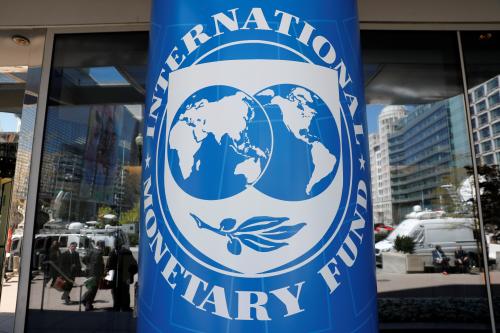
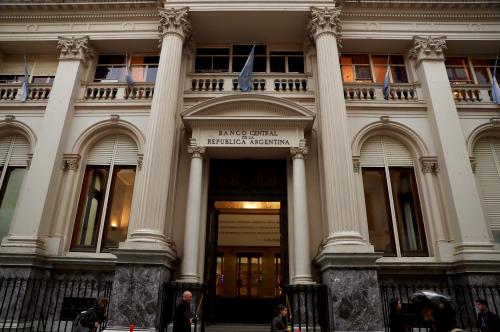
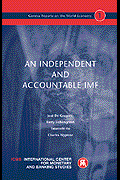
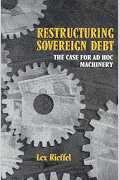

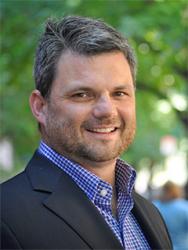
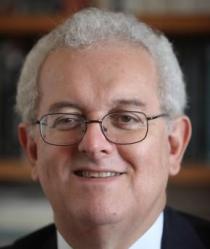
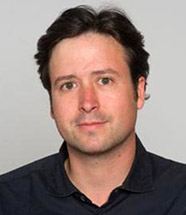



Commentary
IMF Special Drawing Rights: A key tool for attacking a COVID-19 financial fallout in developing countries
March 26, 2020